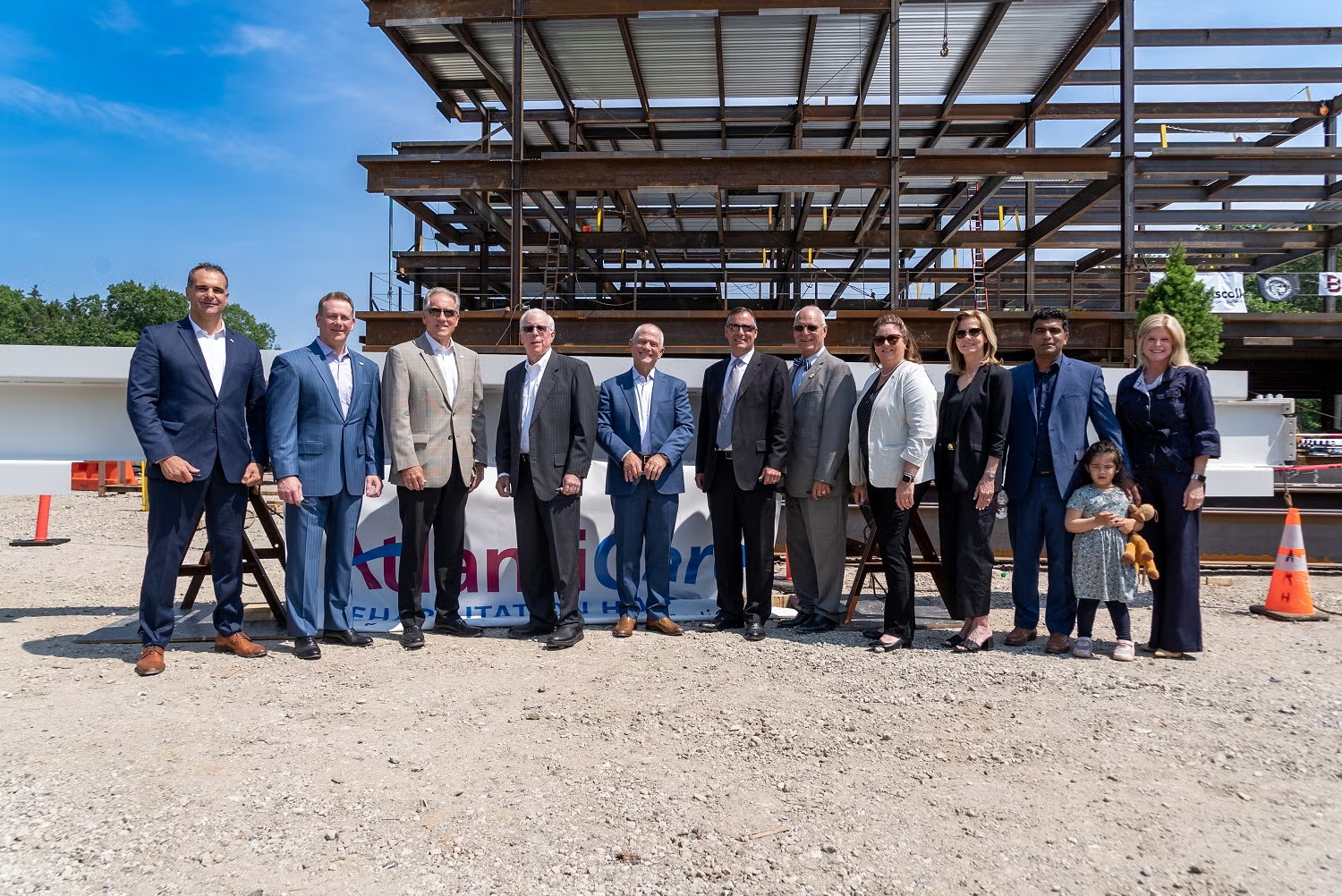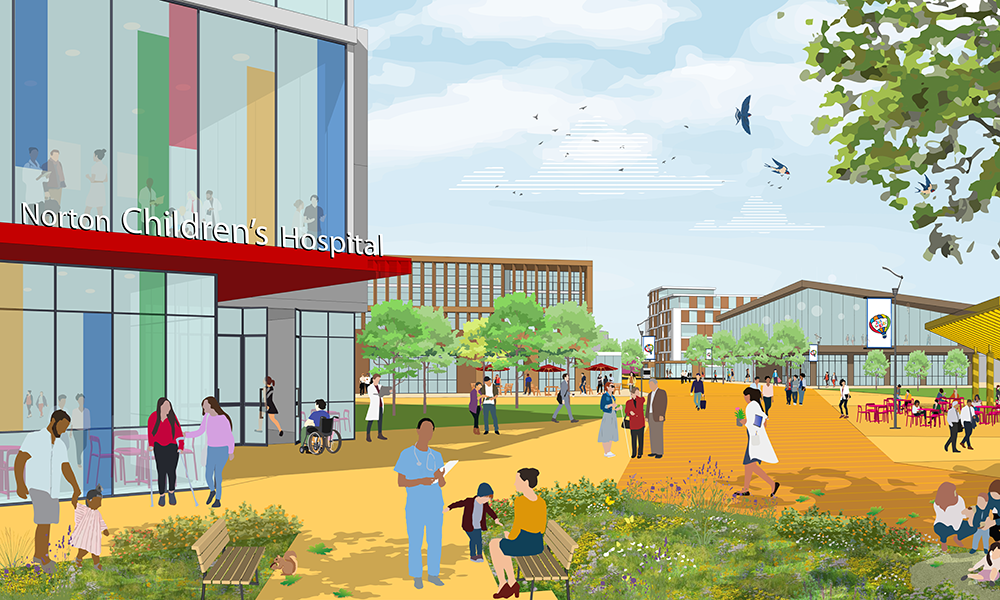Bedside entertainment and information systems are becoming an increasingly important component for healthcare facilities. The systems can help improve patient comfort, medical outcomes and staff efficiencies. Rick Pratt, CEO of Healthcare Information LLC, and Gary Kolbeck, general manager of Lodgenet, spoke with HC&O News during a conference call. Healthcare Information provides hospital-grade televisions and other accessories, while Lodgenet provides media and connectivity solutions.
Q: What is the state of the market for bedside entertainment and information systems?
Rick Pratt: (RP): Our growth has slowed. Overall, our business is well ahead of last year, but the rapid growth rate that we enjoyed for most of last year has declined. I don’t think there’s any question that the economic turmoil has had some effect on construction spending.
I had an interesting conversation several weeks ago with the people from Vanderbilt University hospital. Vanderbilt uses the proceeds from their endowment for all their construction spending. That endowment, about a year and half ago, was valued at approximately $7.2 billion. A few months ago, it was valued at $5.4 billion. Vanderbilt is slowing its spending, and I think those same type of stories are being repeated elsewhere in the United States.
Gary Kolbeck: (GK): We see the statistics on capital purchases and things that are being cut because of the combination of decreased Medicare and Medicaid reimbursements and the bond market, which funds a lot of capital spending for hospitals.
However, with our solutions, we are adding additional value with operational efficiencies for the hospital. As healthcare providers are looking at cost savings, they are looking at interactive systems to help them save time and money with staffing.
If they are buying a flat-panel TV as a passive viewing device, it is not going to make the budget. If they use the TV as an interactive two-way communication device, they can extend their clinical outreach to the patient and better communicate with the patient. They can see a good return on investment that funds an interactive systems and helps pay for the television.
Due to the economic decline, a lot of hospitals are using the interactive systems to promote outpatient pharmacy, gift shop retail and other services.
Q: Rick, what demands do you see on the hardware side with televisions?
RP: Our television is more like the machine that Gary describes: It is a patient appliance. I resist the name “TV” because it is really an information provider for patient appliances that are very interactive. It makes patients happier and the hospital can be improved through that interactivity.
I don’t know what the traditional hospital TV business is anymore. I think there is the consensus, at least with executive suites, that patient televisions have become a combination of television, Internet access and information access.
Q: A lot of healthcare providers use these types of systems for consultations and to provide medical information. Do your clients often seek that type of information system? What components are most important for your clients?
GK: First and foremost, the infrastructure needs to be in place to support anything that they might want to do in the future. They need to make the right choices for TVs and appliances that are going to be reliable so they can extend some of the clinical elements.
The main clinical element is the ability for patient education. The reporting of how patients view the education can be tracked directly back into electronic medical records. It’s a closed-loop solution for that one element of clinical care.
A lot of other areas where we are seeing demand are more simplistic patient-facing areas of the clinical environment. You can put the names of the care team on a large-screen TV instead of a white board. Healthcare providers can list dining menu options based on the patient’s diagnosis and allergies so they are only presented with the meal options that are appropriate. A patient’s schedule, along with an explanation of different medical procedures throughout the day, can be presented to reduce apprehension and anxiety.
There is also the ability to survey a patient in real time. If there is a complaint, the healthcare organization can take action while the patient is still in the hospital. Service recovery is a large element, as they are trying to drive their HCAHPS (Hospital Care Quality Information from the Consumer Perspective) scores for patient satisfaction.
RP: Related to service recovery is increased compliance. We are moving to an era where reimbursement will be limited to a one-time event and any readmits for a similar problem will not be reimbursed.
If a patient is released and readmitted several days later for noncompliance with a diet or medication regime, if that person is a Medicare patient, reimbursement will not be possible. Strategies that can increase compliance after discharge are extremely important. The patient appliance can be used during the hospital stay, and after the stay to increase compliance.
Q: Patients can still use the system when they are at home?
RP: Exactly, through a Web site or e-mail notifications that can go to the patient home.
Q: Is it easy for an older facility to upgrade from traditional televisions with new systems?
GK: Our solutions can run on coaxial cable, which most hospitals already have, although it may be antiquated. If the facility only has the coaxial cable, it is faced with the decision to make minor updates to run a full-digital or analog system, or to run a twisted CAT 5 or CAT 6 system to be better prepared for IP systems.
If hospitals are going to do new construction or renovation, we recommend coaxial and twisted-pair cable to every television location because the future is on the IP side. Build an insurance policy by using both, but if you can’t do that, we have solutions that will run on either infrastructure.
RP: I disagree with Gary a little bit. I think the reality is most older cable infrastructures are really not suitable for high-definition TV channels that run up in the higher frequencies. Most amplifiers and splitters that were installed more than 10 years ago are simply not suitable for HD.
However, I agree completely with Gary, if a hospital is going to spend money on infrastructure, I think both cables should be installed. I can’t imagine there being a big difference in cost for doing just one or both.
Q: Are there any other issues involved with installation?
RP: It’s really a pretty straight-forward conversion. If you are looking for nothing but standard definition television without interactivity, you can hang any flat-screen TV on the wall and have the benefit of a better picture with less space consumed. If you are going to move to a HD or IP capability, you need to think about that infrastructure carefully.
GK: Another issue to keep in mind is who is going to support the solution after it is installed. That is sometimes overlooked when considering total cost of ownership with a system. If it is a new system, many of the nurses need to be engaged in what the interactive system can do to benefit them. Otherwise, utilization will be low.
Q: What should we expect to see with these types of systems in the near and distant future?
RP: I would put that in one word: integration. I think televisions will become integrated with all types of information-delivery devices. It’s a very useful piece of visual real estate that is pointed right at the patient. It can be integrated into a variety of systems, including the room illumination system and the temperature control system.
Tele-video, where you can watch the television and it will have a camera where you can be watched, is on the immediate horizon is. An ideal application would allow the patient to conduct an audio-video conversation with loved ones regardless of where they are located. I think there will be cost benefits with tele-medicine as well.
GK: I think Rick’s comments are right on track. Another consumer factor is portability. There are more portable media devices coming into the hospital that need to be connected. On the other side of that, your personal health record and electronic medical records are going to become more portable and accessible from any device.
As we move forward, the technology is not the hurdle. It’s processes and methods of adaptation that are going to allow people to understand the technology in an easy-to-use environment.





